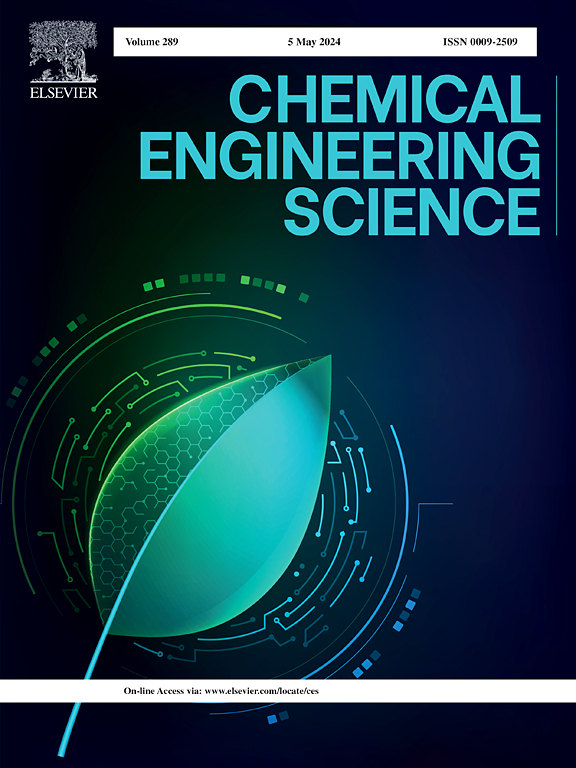Impact of ultrasonication on sludge characteristics: Aerobic granular sludge versus waste activated sludge
IF 4.1
2区 工程技术
Q2 ENGINEERING, CHEMICAL
引用次数: 0
Abstract
The aerobic granular sludge (AGS) process is a promising wastewater treatment technology that is considered as an alternative to the conventional activated sludge (CAS) process. Due to poor hydrolysis, sludge produced by AGS processes has low digestibility resulting in a decrease in energy recovery. Therefore, pretreatment methods such as ultrasonication, can be used to accelerate hydrolysis, and improve solubilization and anaerobic digestibility. The purpose of this study was to determine the effect of ultrasonication pretreatment on AGS in comparison to waste activated sludge (WAS). Two different intensities (50 W and 100 W) were applied to AGS and WAS and the release of organic compounds, phosphorus, ammonium, and heavy metals were to the supernatant were observed. Volatile fatty acids and proteins were the most abundant organic compounds released from AGS and WAS samples, respectively. Phosphorus release in AGS (5.68 ± 1.14 %) was lower than WAS (10.48 ± 0.23 %) at 100 W ultrasonication intensity. Similarly, release of ammonium in AGS (10.30 ± 0.03 %) was less than WAS (14.05 ± 0.01 %). Release of heavy metals showed a similar trend for both sludge samples, increasing with higher ultrasonication intensity. This correlation has been confirmed by Pearson’s correlation coefficient analysis. Ultrasonication pretreatment improved the sludge disintegration more in AGS than WAS which can lead to enhancement of AGS digestibility.

超声对污泥特性的影响:好氧颗粒污泥与废活性污泥
好氧颗粒污泥(AGS)工艺是一种很有前途的污水处理技术,被认为是传统活性污泥(CAS)工艺的替代方案。由于水解不良,AGS工艺产生的污泥消化率低,导致能量回收率降低。因此,可以采用超声波等预处理方法,加速水解,提高增溶性和厌氧消化率。本研究的目的是确定超声预处理对AGS的影响,并与废活性污泥(was)进行比较。对AGS和WAS施加50 W和100 W的不同强度,观察有机化合物、磷、铵和重金属向上清液的释放情况。挥发性脂肪酸和蛋白质分别是AGS和WAS样品中最丰富的有机化合物。在100 W超声强度下,AGS的磷释放量(5.68 ± 1.14 %)低于was(10.48 ± 0.23 %)。同样,AGS中铵的释放量(10.30 ± 0.03 %)低于was(14.05 ± 0.01 %)。两种污泥样品的重金属释放趋势相似,随超声强度的增加而增加。Pearson相关系数分析证实了这种相关性。超声预处理比WAS更能促进AGS的污泥分解,从而提高AGS的消化率。
本文章由计算机程序翻译,如有差异,请以英文原文为准。
求助全文
约1分钟内获得全文
求助全文
来源期刊

Chemical Engineering Science
工程技术-工程:化工
CiteScore
7.50
自引率
8.50%
发文量
1025
审稿时长
50 days
期刊介绍:
Chemical engineering enables the transformation of natural resources and energy into useful products for society. It draws on and applies natural sciences, mathematics and economics, and has developed fundamental engineering science that underpins the discipline.
Chemical Engineering Science (CES) has been publishing papers on the fundamentals of chemical engineering since 1951. CES is the platform where the most significant advances in the discipline have ever since been published. Chemical Engineering Science has accompanied and sustained chemical engineering through its development into the vibrant and broad scientific discipline it is today.
 求助内容:
求助内容: 应助结果提醒方式:
应助结果提醒方式:


